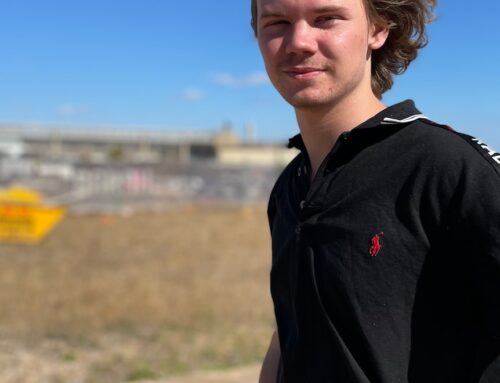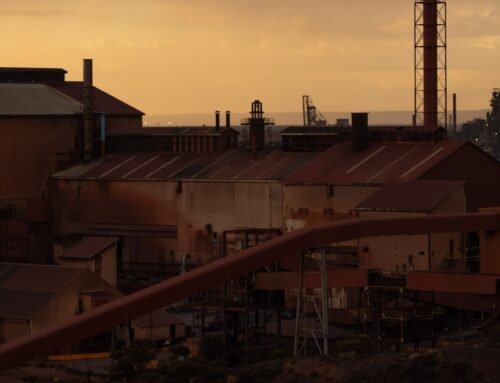Housing data is a double-edged sword: Price rises might be welcome news to those who have already bought property, but can make the prospect of home ownership seem more remote than ever for those who haven’t.
Key points:
- House prices rose more in Adelaide than in any other capital in 2022, new data shows
- Prices in regional South Australia rose 17.1 per cent in the past 12 months
- While it might be welcome news for owners and agents, some first homebuyers feel they’re no closer to purchasing
For Sam Jefferies, who lives in Adelaide where house prices have just defied a national easing trend, the overriding concern is that he might never be able to afford a place of his own.
“The average price in Adelaide is … pretty much exactly 15 times what I take home in a year. It’s pretty extreme,” he said.
“For me to service a loan on anything, say, $400,000-$500,000 — it’s going to be nearly half of what I earn in a week, and I think that’s probably too much. I can’t maintain that for 20 years.
“There’s nothing been coming up that I can realistically afford, or maintain the loan on.”
Mr Jefferies used to look at the real estate listings on a weekly basis, but admits he has not been to any inspections in the past few years.
“I’ve been looking, on and off, for a house for the last four or five years. Obviously it’s gotten a lot harder in the last couple of years,” he said.
“I see what the advertised price is and, looking at previous sales [and] what they go for, there’s no way I can even put my hand up at an auction.”
New CoreLogic data shows prices rose more in Adelaide than in any other capital city over the past year, while regional South Australia topped the charts for price increases in country areas across Australia.
Houses and units sold for 10.1 per cent more in Adelaide in 2022 than in 2021, compared with a national fall of 5.3 per cent.
Price increases in Adelaide were highest over the year in the northern suburbs, but they have dropped slightly over the past month and the past quarter in both Adelaide and in regional areas.
“When you look at Adelaide or regional South Australia, values there are much lower than a million-dollar market like Sydney, so people are having to extend themselves less with mortgage debt to buy into them,” said CoreLogic researcher Eliza Owen.
“We’ve also seen, across South Australia, really good economic performance [throughout] the pandemic, off the back of positive interstate migration [and] rising levels of employment.”
Housing prices in regional South Australia rose 17.1 per cent, led by the Murray Mallee and Barossa Valley, the latter of which recorded the most growth nationally.
“It’s been pretty surprising, I honestly thought we’d start to slow down by June of 2022 but it hasn’t been that way,” Port Lincoln real estate agent Steve Prout said of the regional market.
“It’s a supply-and-demand situation, I think, in general, so there’s not a lot of stuff hitting the market.
“I’ve been in this industry for nearly 30 years and I reckon our stock levels would be the lowest I’ve seen in that period of time.”
Mr Prout said South Australia was “a bit of a microclimate” when it came to housing.
“South Australia’s a long way from Melbourne and Sydney and the dynamic highs and lows of what happens in the eastern states,” he said.
However, CoreLogic said 2023 could bring a slowdown, and house prices could fall across Australia, especially if interest rates keep rising.
“I think that we could continue to see price falls in the first half of the year, particularly as the cash rate is expected to keep rising, potentially peaking by mid-way through the year,” Ms Owen said.





